Despite a laundry list of problems with Google’s Nexus One that users have been complaining about, there was one feature that of the phone that kicked the iPhone 3GS’s buut: the gorgeous, 800-by-480 pixel AMOLED screen. But now the people at DisplayMate, a video diagnostics testing company, has done an in-depth analysis of the Nexus One’s AMOLED screen and the iPhone 3GS’s LCD screen, and it seems that the AMOLED screen has a few shortcomings.
Here is the list of issues with the Nexus One, courtesy of PC World:
• The Nexus One uses the PenTile pixel arrangement, which means that there are only two sub-pixels per pixel instead of three. So instead of having a green, red, and blue sub-pixel in each pixel (as is the case with most LCDs), all pixels include a green sub-pixel but the red and blue sub-pixels alternate. The result is that an 800-by-480 pixel AMOLED screen has only two-thirds the number of sub-pixels as an 800-by-480 pixel LCD screen–so images won’t be as crisp. Of course, the iPhone 3GS has significantly lower-resolution 480-by-320 pixel LCD screen, so the difference is nominal.
• The peak white brightness of the Nexus One is low and insufficient when used in “high ambient lighting” (read: outside). The peak white brightness of the iPhone 3GS is significantly higher,” about as bright as you’ll find on any current mobile display.”
• Nexus One picture quality is gaudy–photos had “way too much” saturation and contrast. The iPhone 3GS isn’t a winner in this category, either–its picture quality lacked in contrast and saturation, resulting in flat, washed-out photos.
• The Nexus One’s built-in apps (such as the gallery and browser apps) use 16-bit color instead of 24-bit color. This means that there are 32 intensity levels for red and blue, and 64 intensity levels for green, instead of the better (24-bit) 256 intensity levels for red, blue, and green. This results in some pretty egregious color-banding, as seen in
• The Nexus One screen is great for text, icons, and menu graphics, but is “poor for images and awful for resolution scaling.” According to DisplayMate, the screen has color and gray scale accuracy errors and image “noise,” as seen in the following NASA photos. Again, this may be a result of software or firmware issues, rather than hardware issues.
DisplayMate says it will upload part three of its comparison on March 1.
But don’t let DisplayMate’s tests psych you out; the screen is still gorgeous, if not as good in daylight as the iPhone 3GS’s. Google might want to look at a software update, though, to correct the 16-bit color issue.
Source: PC World.

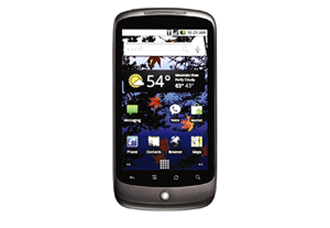
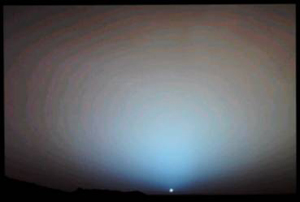
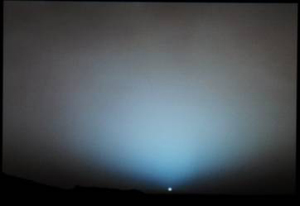
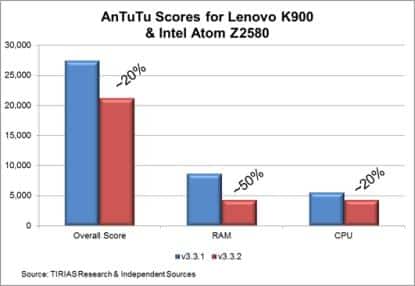
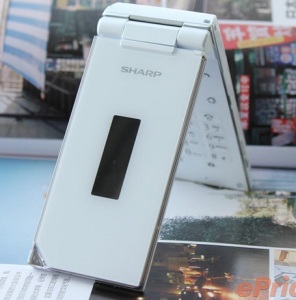
android operating systemHi, i have Apad tablet pc from china , having problem when i am starting tablet pc , its got hang.Pls let me know how to fix it.
I am
using Google nexus from last month. It was working fantastic till I hadn’t
upgraded it to Android 4.2.1. After upgrading it my device screen started flicking. Usually you cannot figure it out if it’s due to faulty hardware or a
software issue, but the flicker can be seen more easily on white backgrounds.
The flicker also becomes more noticeable in weak WiFi signals. But
I got its solution here, http://how-to.in/solution-for-screen-flickering-problem-on-google-nexus/
which worked fantastic for me. If any of you are also having this same issue
with your Nexus, must try these solutions. Any revert back would be
appreciated.
Thanks!!!